Welcome, fellow coffee aficionados, to the whimsical world of Chemex brewing! Have you ever gazed into your morning cup of joe and wondered, “Is there more to you, dear coffee, than meets the eye?”
Well, buckle up, because we’re about to embark on a fun and educational journey down the rabbit hole that is the world of coffee. Get ready to soak up “The caffeinated knowledge you didn’t know you needed!”

Picture this: you’re cozied up at home, the aroma of freshly brewed coffee wafting through the air, and you’re about to sip on the smoothest, most flavorful cup of Chemex coffee you’ve ever had.
But wait! Do you know the secret to achieving that elusive, perfectly balanced brew? Stick around, and we’ll spill the beans (pun intended) on the best coffee for Chemex, grind size, and how to avoid the dreaded bitter brew.
Trust us, your taste buds will thank you.
Medium To Fine Grind: The Perfect Size For Chemex
Alright, coffee enthusiasts, let’s talk grind size! You might not realize it, but the size of your coffee grounds plays a massive role in determining the taste of your Chemex brew.
It’s like a magical puzzle where each piece must fit perfectly to create that mouth-watering cup of coffee.
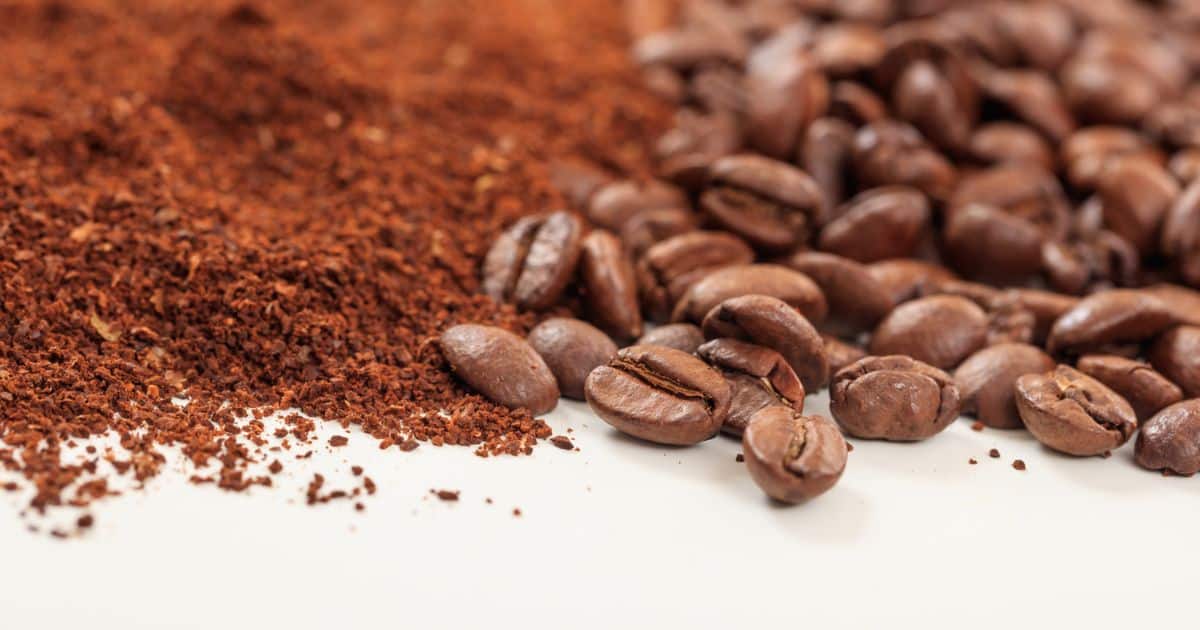
When brewing with a Chemex, medium to fine grind is your best friend. Why, you ask? Well, it’s all about the extraction, baby! A medium to fine grind allows the hot water to flow through the grounds at just the right speed, extracting those delicious flavors without overdoing it.
You’ll get a bright, clean, and balanced cup that’ll make you do a happy dance (don’t worry, we won’t judge).
Here’s a quick breakdown of why medium to fine grind works wonders for Chemex:
Just right: Not too fast, not too slow – the Goldilocks of coffee brewing!
Balanced extraction: Avoids over-extraction (bitterness) and under-extraction (sourness)
Smooth, clean taste: Perfectly highlights the unique flavors of your chosen coffee beans
So next time you’re prepping for a Chemex brewing session, remember: medium to fine grind is the way to go for that perfect cup!
Medium Roast Sumatra: THE best coffee For Chemex
Now that we’ve covered the importance of grind size, let’s dive into the world of coffee beans. I must confess, I have a soft spot for medium roast Sumatra.
This coffee has won my heart years ago, and I wholeheartedly recommend giving it a whirl when brewing with your Chemex.
But don’t just take my word for it, let’s explore why this coffee is such a showstopper!
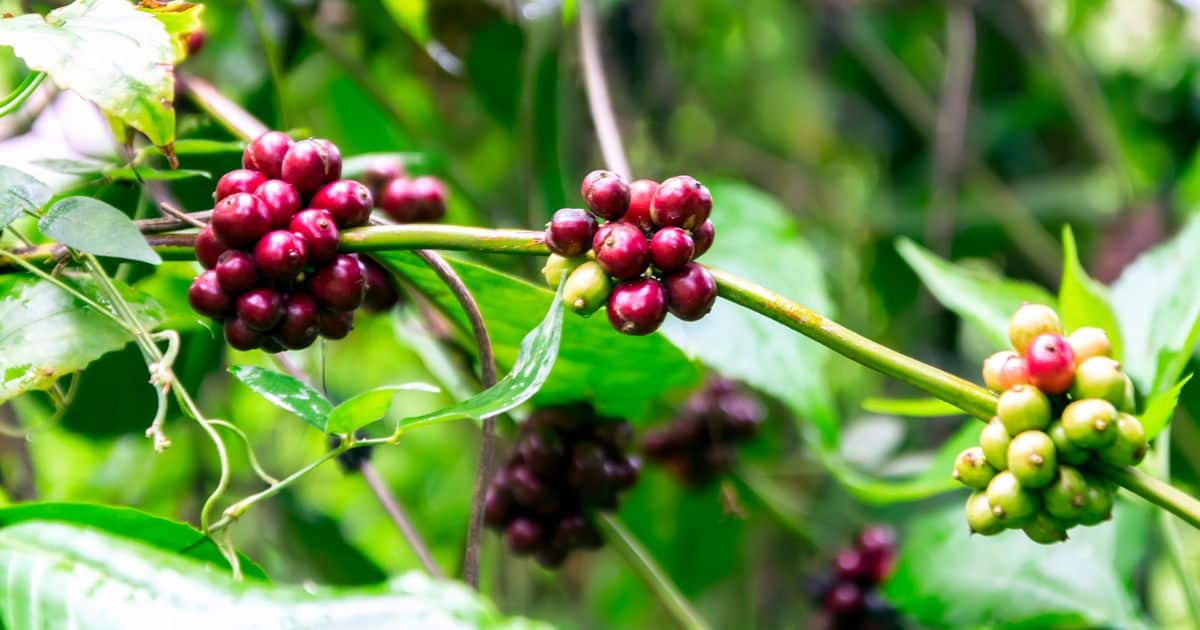
Medium roast Sumatra is an experience in itself. It boasts a rich, earthy flavor profile that pairs beautifully with the clean, bright taste that Chemex brewing is known for.
Here’s what you can expect when sipping on a cup of medium roast Sumatra brewed using a Chemex:
Earthy and bold: This coffee has a depth that’ll make you feel like you’re wandering through an Indonesian rainforest
Low acidity: Perfect for those who prefer a smoother, less acidic coffee
Notes of dark chocolate and spices: A delightful, complex combination that adds a touch of decadence to your morning routine
So, if you’re ready to experience a coffee that’ll make your taste buds sing and dance, give a medium or light roast Sumatra a try in your Chemex.
And hey, if it’s not your cup of coffee (pun intended), that’s cool too! The world of coffee beans is vast and diverse, so don’t be afraid to experiment and find your personal favorite.
Keep reading to learn more about the best coffee roasts that will give you a great cup of coffee from your chemex.
Related Article: Secrets of the James Hoffmann Method: How to Consistently Make Perfect French Press and V-60 Coffee
Faq: Coffee For Chemex
Now that we’ve covered the essentials, let’s tackle some frequently asked questions about coffee for Chemex. We’ll address some common queries that coffee lovers often have when it comes to brewing the perfect Chemex cup.
What Kind Of Coffee Do You Use For Chemex?
The beauty of Chemex is that it allows you to explore and enjoy a wide variety of coffee beans. While I’ve professed my love for medium and light roast Sumatra, you can use any type of medium or lightly roasted coffee beans that tickles your fancy. Just remember to use a medium to fine grind for optimal results!
Can You Use Regular Ground Coffee For Chemex?
Yes, you can! However, make sure the coffee grind size is appropriate (medium to fine) to ensure the best extraction and flavor. Pre-ground coffee might not be as fresh as grinding your own beans, but it’s still a viable option for those who don’t have a grinder or just don’t want to make their own freshly ground coffee.
What Kind Of Coffee Is Best For Pour-over?
Pour-over brewing, which chemex is, is versatile and works well with a range of coffee beans. It’s all about personal preference, so feel free to explore different roasts and origins to discover what coffee blends you enjoy most.
So, there you have it! With these answers in your coffee-loving arsenal, you’ll be well on your way to brewing the perfect Chemex cup. Don’t be afraid to experiment and find the coffee that’s just right for you!
What Are The Best Coffee Beans For Chemex?
When it comes to brewing the perfect Chemex coffee, your choice of beans plays a vital role. While medium roast Sumatra beans is my top choice, there are plenty of other options that work wonderfully with this brewing method.
Here, I’ve compiled a list of popular coffee beans that are well-suited for Chemex brewing. Regardless of the region, I do strongly recommend using medium roasted coffee over dark roasted beans for the cleanest flavor.
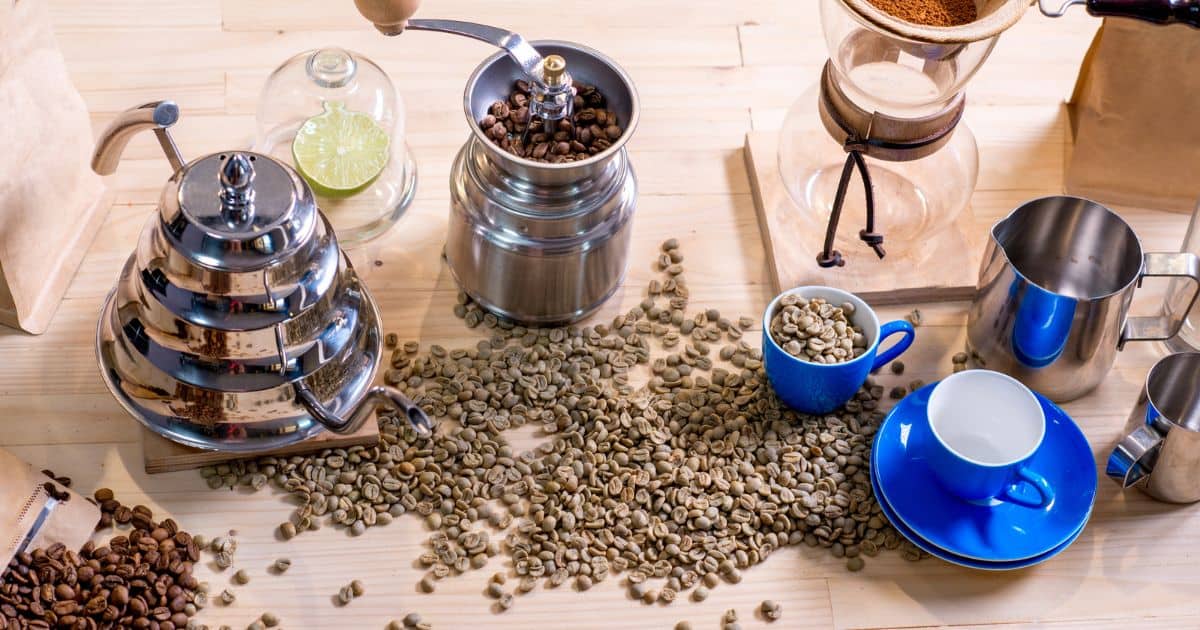
Ethiopian Yirgacheffe
Ethiopian coffee beans are prized for their bright acidity and complex flavor profile, which includes notes of floral, citrus, and hints of berries. These beans are typically lightly roasted, allowing their unique characteristics to shine when brewed with a Chemex. Find it here
Colombian Coffee
Colombian coffee beans are known for their balanced flavor, medium body, and pleasant acidity. With notes of caramel, chocolate, and sometimes fruity undertones, these beans are a popular choice for Chemex brewing, as they produce a smooth and well-rounded cup. Find it here
Guatemalan Huehuetenango
Guatemalan coffee beans boast a full body and vibrant acidity, with flavor notes of milk chocolate, sweet caramel, and stone fruits. These beans work well with the Chemex brewing method, as the clean and crisp extraction highlights their rich flavors and complex acidity. Find it here
Kenyan Coffee
Kenyan coffee beans are renowned for their bright acidity, full body, and bold flavor profile, which often includes subtle flavors of berries, citrus, and tropical fruits. When brewed with a Chemex, these beans yield a cup that is both refreshing and invigorating. Find it here

Costa Rican Tarrazú
Costa Rican Tarrazú beans are famous for their medium body, balanced acidity, and fruity notes. With flavors reminiscent of berries, citrus, and sometimes even chocolate, these beans produce a delicious and harmonious cup when brewed with a Chemex. Find it here
Sumatra Coffee, The Best coffee for chemex
Sumatra coffee beans, originating from the Indonesian island of Sumatra, are celebrated for their earthy, bold, and full-bodied profile. These beans are typically medium-roasted, which highlights their unique flavors such as dark chocolate, spices, and hints of dried fruits.
Sumatra coffee is known for its low acidity and syrupy mouthfeel, creating a rich and satisfying cup when brewed with a Chemex. Find it here
Peruvian Coffee Beans
Originating from the high-altitude regions of the Andes Mountains, Peruvian coffee beans have gained popularity for their well-rounded flavor profile and exceptional quality. With notes of chocolate, nuts, and fruity undertones, these amazing coffee beans offer a medium body, bright acidity, and a smooth finish. Peruvian beans are often medium-roasted, allowing their natural flavors to shine when brewed with a Chemex. Find it here
Ultimately, the choice of beans for your Chemex coffee is a matter of personal preference. Don’t hesitate to explore different origins and roasts until you find the perfect match for your taste buds. Happy brewing!
Tubleshooting: Bitter Pour-over Coffee
Nothing can put a damper on your morning like a bitter cup of pour-over coffee. But don’t worry, we’ve got your back! Let’s take a look at why your coffee might taste bitter and how to remedy this issue for a more balanced and enjoyable brew.
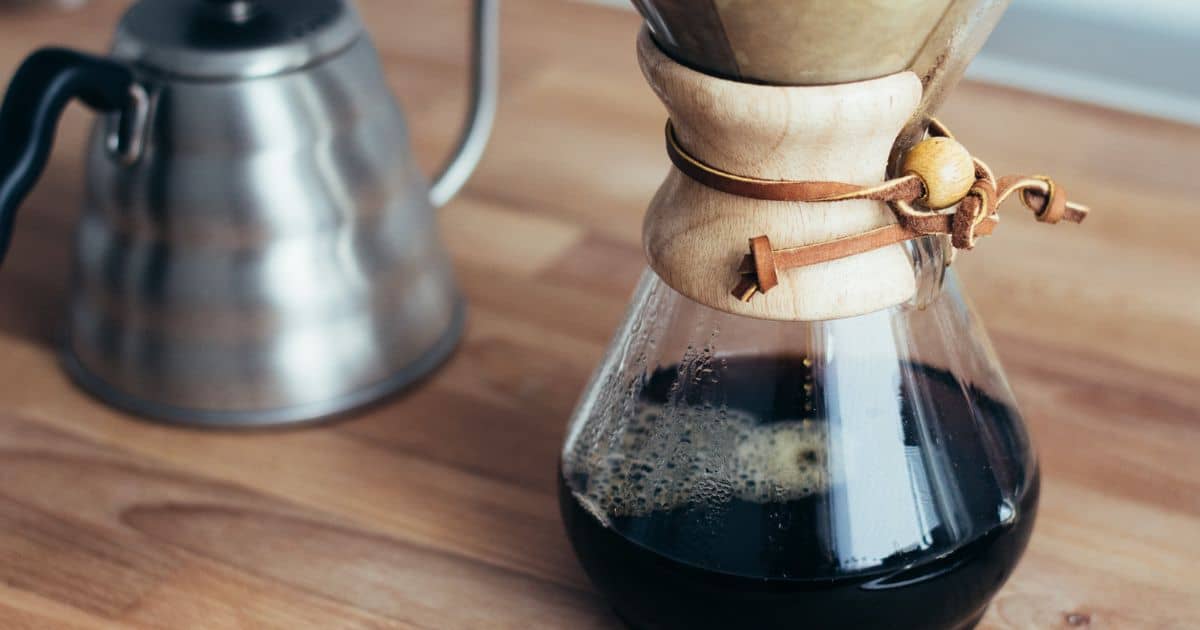
If your pour-over coffee is rocking a bitter flavor, it’s likely due to over-extraction. This means you’ve dissolved more organic compounds and flavors from the coffee grounds than desired.
The culprit is often a grind that’s too fine, causing the water to extract more bitterness than you’d like. But fear not, we have a solution!
To banish bitterness and achieve a more balanced cup of pour-over coffee, try these simple adjustments:
Grind coarser: Opt for a coarser grind to create larger coffee particles, which will help prevent over-extraction.
Adjust your brewing technique: Pour your water more slowly and ensure even saturation of the coffee grounds. This can help reduce over-extraction and produce a smoother, more balanced flavor.
Experiment with water temperature: Aim for a temperature between 195°F to 205°F (90°C to 96°C). Too-hot water can over-extract the coffee, resulting in bitterness.
By making these small tweaks, you’ll be well on your way to a more balanced and enjoyable pour-over coffee experience. Remember, practice makes perfect, so keep experimenting until you find the sweet spot that suits your taste buds!
Optimal Water-to-coffee Ratio For Chemex Brewing
Achieving the perfect balance between water and coffee grounds is crucial to brewing a delicious cup of Chemex coffee. The right ratio ensures proper extraction, which in turn produces a well-rounded, flavorful, and satisfying brew.
Too much water can result in a weak, under-extracted coffee, while too little water may cause over-extraction and bitterness.
As a general rule of thumb, a recommended starting point for the water-to-coffee ratio when brewing with a Chemex is 1:15 – that is, 1 gram of coffee for every 15 grams (or milliliters) of water.
This ratio provides a balanced extraction and works well for most people.
To put this into practice, for a standard 6-cup Chemex, you would use 40 grams of coffee and 600 grams (or milliliters) of water.
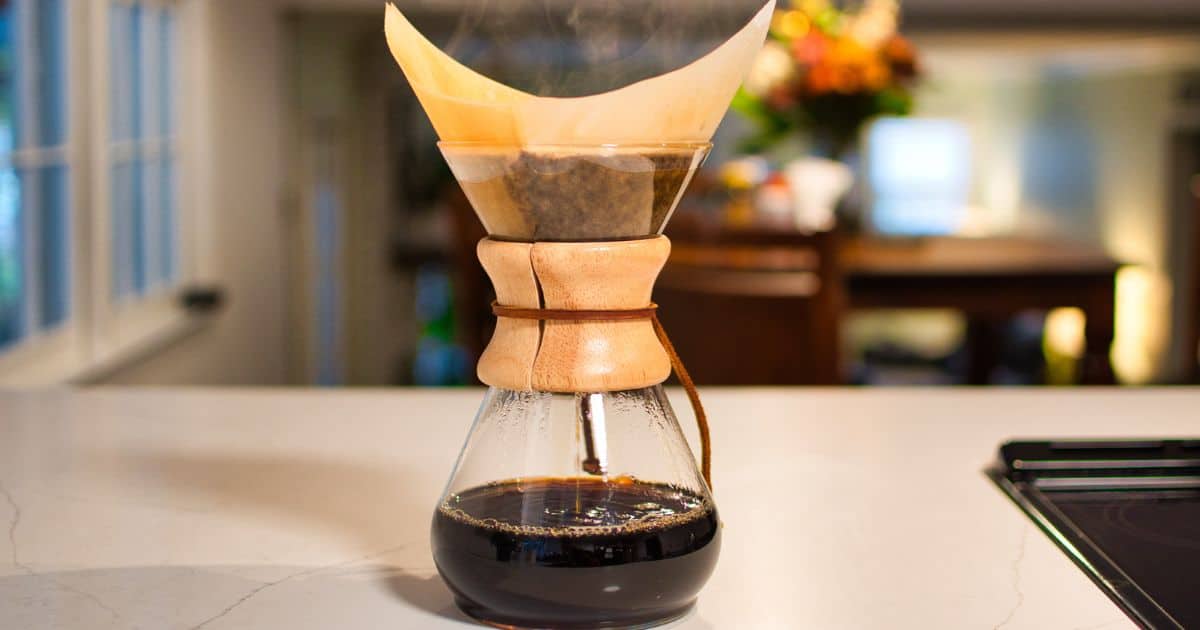
Of course, coffee is a personal experience, and you may prefer a stronger or milder brew. Feel free to adjust the water-to-coffee ratio to suit your taste buds. For a stronger cup, try a 1:14 ratio, and for a milder brew, experiment with a 1:16 or 1:17 ratio.
Remember, it’s all about finding the perfect balance that brings a smile to your face with every sip!
Related Article: The Ultimate Guide to Brewing Specialty Coffee at Home
The History Of Chemex Coffee Makers
The Chemex coffee maker has an intriguing history that dates back to 1941 when it was invented by Dr. Peter Schlumbohm, a German-American chemist. With a keen eye for design and a strong understanding of chemistry, Dr. Schlumbohm created the iconic hourglass-shaped coffee maker that would become a household name.
The original Chemex design was made of heat-resistant borosilicate glass, featured a conical neck, and used a custom-designed paper filter to produce a clean, crisp cup of coffee.
Over the years, the Chemex coffee maker has undergone some minor design modifications but has largely remained true to its original form. Some changes include the introduction of various sizes and the addition of a wooden collar and leather tie for safe handling.
Despite these alterations, the Chemex has remained a timeless classic, even earning a spot in the Museum of Modern Art’s permanent design collection.
The Chemex’s unique design and brewing method have had a significant impact on coffee culture, contributing to the rise of specialty coffee and the appreciation for manual brewing techniques.
Its ability to produce a clean, bright, and balanced cup of coffee has won the hearts of coffee aficionados worldwide. Today, the Chemex remains a popular choice for both home brewers and professional baristas, continuing its legacy as a beloved icon in the world of coffee.
Sourcing High-quality, Ethically-produced Coffee Beans
When it comes to enjoying the perfect Chemex coffee, the quality and origin of your beans are just as important as your brewing technique. By choosing high-quality, ethically-produced coffee beans, you not only ensure a superior taste but also support sustainable and responsible practices in the coffee industry.
This includes fair wages for farmers, environmentally friendly farming methods, and the preservation of local ecosystems.
Want to learn more about Fair Trade? Check out Fair Trade America

When searching for ethically-produced coffee beans, consider the following factors:
Certifications: Look for labels such as Fair Trade, Rainforest Alliance, or Organic, which indicate that the coffee has been produced according to specific ethical and environmental standards.
Direct trade: Some roasters work directly with coffee farmers, ensuring fair prices and supporting sustainable practices. Research the roasters’ sourcing policies to gain insight into their commitment to ethical coffee production.
Origin: Learn about the countries and regions where your coffee beans are grown. Some areas are known for their sustainable practices and community-oriented approach to coffee production.
C. Tips for Finding Ethically-Produced Coffee
To find ethically-produced coffee beans for your Chemex, consider the following tips:
Visit local specialty coffee shops and roasters: They often source high-quality, ethically-produced beans and can provide valuable information about their coffee’s origin and production practices.
Research online: Many reputable roasters and coffee companies have websites detailing their sourcing practices and commitment to ethical coffee production.
Join coffee subscription services: Some subscription services focus on delivering ethically-produced and sustainably-sourced coffee beans from around the world, providing you with a variety of options to try and enjoy.
By taking the time to source high-quality, ethically-produced coffee beans, you’re not only elevating your Chemex brewing experience but also contributing to a more sustainable and responsible coffee industry.
Key Takeaways From This Article:
Here’s a quick recap of the key points and takeaways from this article on brewing the best coffee for Chemex:
Opt for a medium to fine grind size for ideal extraction and flavor.
Medium roast Sumatra beans is my top choice for Chemex brewing.
Ensure a balanced water-to-coffee ratio (e.g., 1:15) and adjust to your taste preferences.
Learn the history of Chemex and appreciate its impact on coffee culture.
Source high-quality, ethically-produced coffee beans to support sustainable practices and enjoy superior taste.
The Results Are In
There you have it, folks – the secrets to brewing the perfect Chemex coffee! We’ve explored the importance of grind size, the delightful flavor profile of medium roast Sumatra, and addressed some common questions about coffee for Chemex.
And, of course, we’ve offered some handy tips for troubleshooting bitter pour-over coffee.
As you venture further into the wonderful world of Chemex brewing, remember that experimentation is key. Tweak your grind size, try different coffee beans, and refine your brewing technique until you achieve that magical cup of coffee that makes your mornings shine.
So, go forth, coffee aficionados, and embark on a caffeinated adventure filled with delicious discoveries. Keep chasing that perfect brew and remember, you’re now armed with “The caffeinated knowledge you didn’t know you needed!”
Cheers to many delightful Chemex coffee moments ahead!!!
More Frequently Asked Questions
How Long Does It Take To Brew Coffee With A Chemex?
Brewing coffee with a Chemex typically takes between 3 to 5 minutes, depending on the amount of coffee you’re making and your pouring technique. This includes the time for pre-wetting the filter and allowing the coffee to bloom.
Remember, patience is key when it comes to brewing a delicious Chemex coffee, so take your time and enjoy the brewing process too!
Can I Store Brewed Chemex Coffee In The Refrigerator?
Yes, you can store brewed Chemex coffee in the refrigerator for later consumption. However, it’s best to consume it within 24 hours to ensure the best flavor and quality.
Keep in mind that refrigerated coffee may lose some of its aroma and taste, so we recommend enjoying your Chemex coffee fresh whenever possible.
How Do I Clean And Maintain My Chemex Coffee Maker?
Cleaning your Chemex coffee maker is simple and straightforward. After each use, discard the used filter and grounds, then rinse the Chemex with warm water. Avoid using harsh detergents or scrubbers, as they may damage the glass.
For a deeper clean, you can use a soft brush or sponge to gently clean the inside. Always allow your Chemex to air dry completely before storing it to avoid any moisture build-up.
